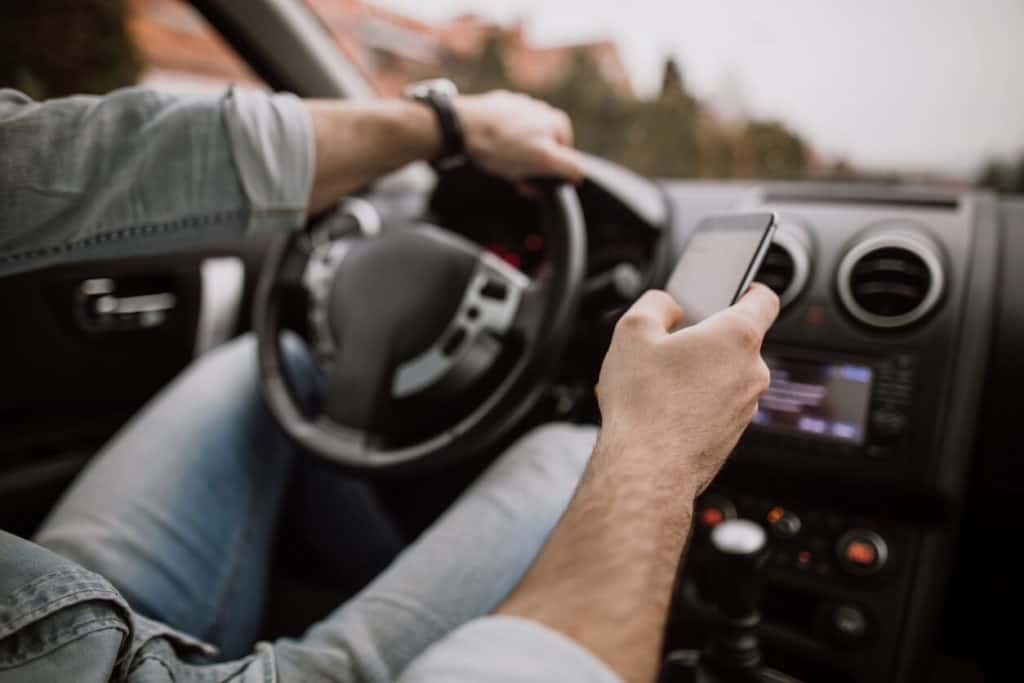Defensive Driving Tips For Avoiding Accidents
If you’re a licensed driver, you may have heard of the term defensive driving. An important way to stay safe on the roads is by using defensive driving practices. Of course, to put those techniques into practice, you need to know what they are. Here are nine defensive driving techniques to avoid an accident from our Colorado car accident lawyers.
What Are the Defensive Driving Techniques?
The defensive driving techniques are things that every driver can do to avoid an accident. Defensive driving means reacting to others on the roads in ways that prevent an accident. Even if other drivers violate traffic rules or drive aggressively, defensive driving techniques help you stay safe on the roads. Defensive driving is a way to react to drivers and conditions around you in a way that takes your safety into your own hands and minimizes the chances of an accident.

Defensive Driving Techniques
Here are nine defensive driving techniques that can help you avoid an accident:
- Be safe instead of right – Perhaps the entire philosophy of defensive driving is to choose to be safe even if those around you make poor choices on the road. For example, if you have the right of way, and someone cuts you off, your best bet is to apply your brakes and allow the driver to go first. Even if you’re right and the other driver is violating traffic laws, the way to avoid an accident is to allow the other driver to proceed ahead. Ultimately, your safety is more important than winning an argument with a poor driver. Driving defensively means making choices that put your safety first.
- Be alert – problems on the road can happen quickly – Being a defensive driver means being prepared. An unexpected event on the roads can turn to disaster in a fraction of a second. Conditions can change without warning. Always being alert can give you the time that you need to respond appropriately. A defensive driver is always alert on the roads.
- Don’t let others control your actions on the road – Other drivers aren’t always polite or understanding. They might honk at you, flash their brights, or do other things to pressure you into driving faster, running a red light, or taking other unsafe actions. It’s hard not to become a victim of peer pressure on the roads. However, it’s crucial to make your own decisions at all times. Don’t fall victim to letting others tell you what to do. Make decisions based on the information that you have.
- Predict risks on the road – As you drive, scan the road. When you see things that might create problems, take steps to prevent problems before they occur. For example, say that you see a truck in front of you carrying an unsecured load. The load is a washing machine on the back of a truck. It isn’t properly tied down. To drive defensively, you back away from the truck and leave a considerable following distance. You wait for the truck to exit the road before you resume your normal speed, or you exit the road and take an alternative route. Driving defensively means spotting ways that problems may occur and taking steps to react before something happens.
- Change lanes to avoid a tailgating driver – What do you do when another driver tailgates you? That can be a stressful situation. When you notice another driver following you too closely, you can move over into another lane. You can also slow down to let them pass. Remember to stay patient and look for an opportunity to allow the impatient driver to move ahead.
- Keep your vehicle in good working condition – Some forms of defensive driving happen before you even take to the roads. To drive defensively, you need working lights and turn signals. You need brakes that work. Keeping your vehicle in good working condition is an important part of driving defensively.
- Don’t expect good driving behavior from others – Even though everyone should have good driving manners on the road, drivers don’t always behave the way that they should. When you’re on the road, it’s important to practice defensive driving techniques. But don’t expect those around you to do the same thing. Always be vigilant. As you make decisions, keep in mind that you can’t always expect good behavior from those around you.
- Don’t engage in distracted driving – To drive defensively, you must be an alert driver. Avoiding distracted driving increases your reaction times. Don’t text, apply makeup, or eat while you drive. Get enough sleep before you drive. If you’re having a bad day, take a moment to gather your thoughts before you begin your journey. Distracted driving doesn’t allow for defensive driving.
- Avoid road rage – It can be so hard to take the high road when someone does you wrong. However, driving defensively means avoiding taking any kind of aggressive action. Avoid taking retaliatory actions on the road, no matter how poorly someone else is behaving. Ultimately, your safety is what counts.
What’s the Best Defensive Driving Technique for Windy Conditions?
The best defensive driving technique for windy conditions is lowering your speed. Even if the speed limit is higher, it may be wise to reduce your speed because of wind. Driving more slowly can make your vehicle easier to control when it’s windy.
Whether a tail wind pushes your car faster or a head wind slows it down, any wind can make the vehicle harder to control. The best defensive driving technique for windy conditions is to lower your speed until you’re able to stay in control of your vehicle.
Colorado Attorneys for Defensive Driving Accidents
If you’re in an accident, our accident attorneys help you defend your rights. Our team aggressively fights on behalf of our clients who are involved in accidents in Colorado. When you’re in an accident, we can help you investigate your case, build the evidence, and fight for the compensation that you deserve. Call Bachus & Schanker, LLC, today for a free consultation about your case.






